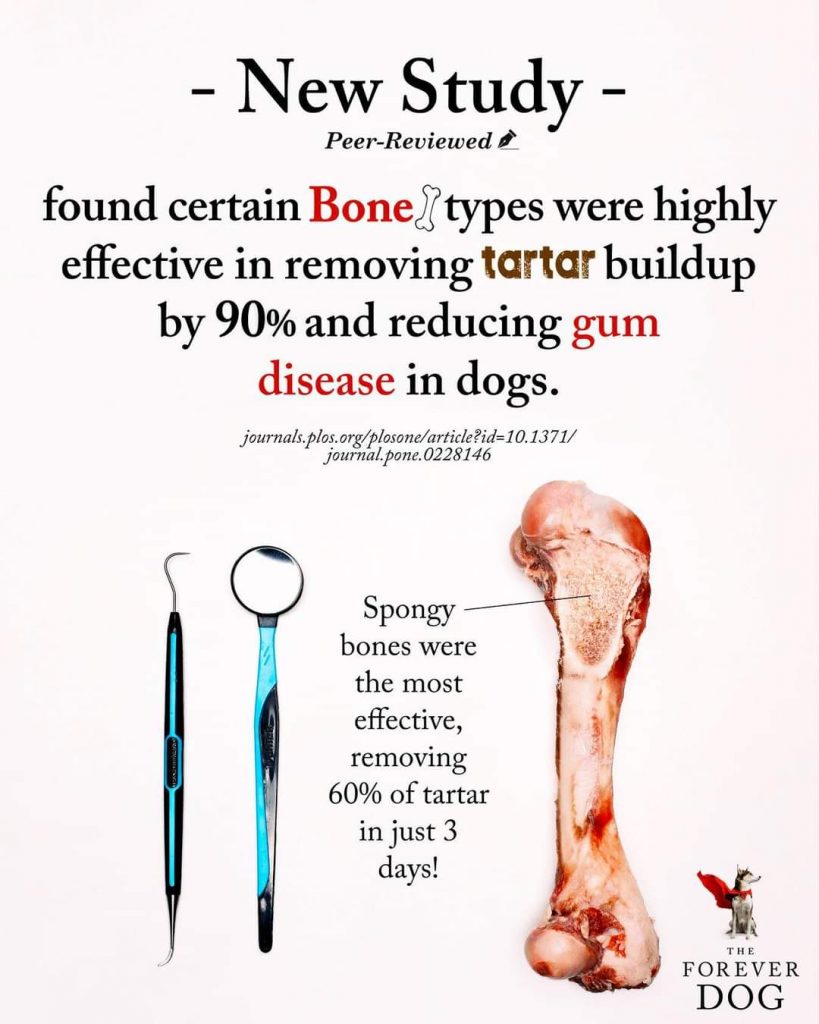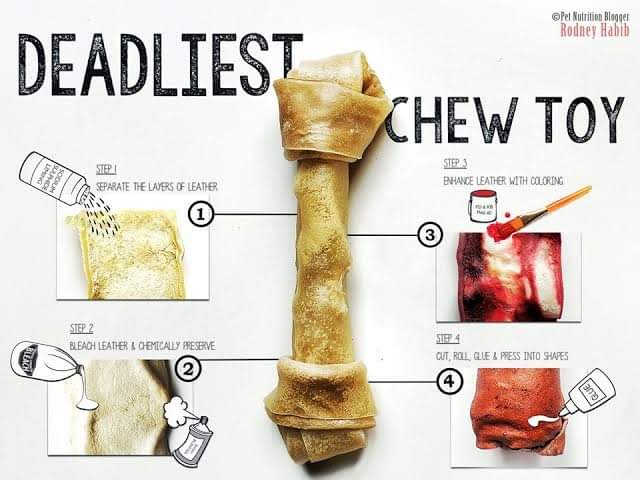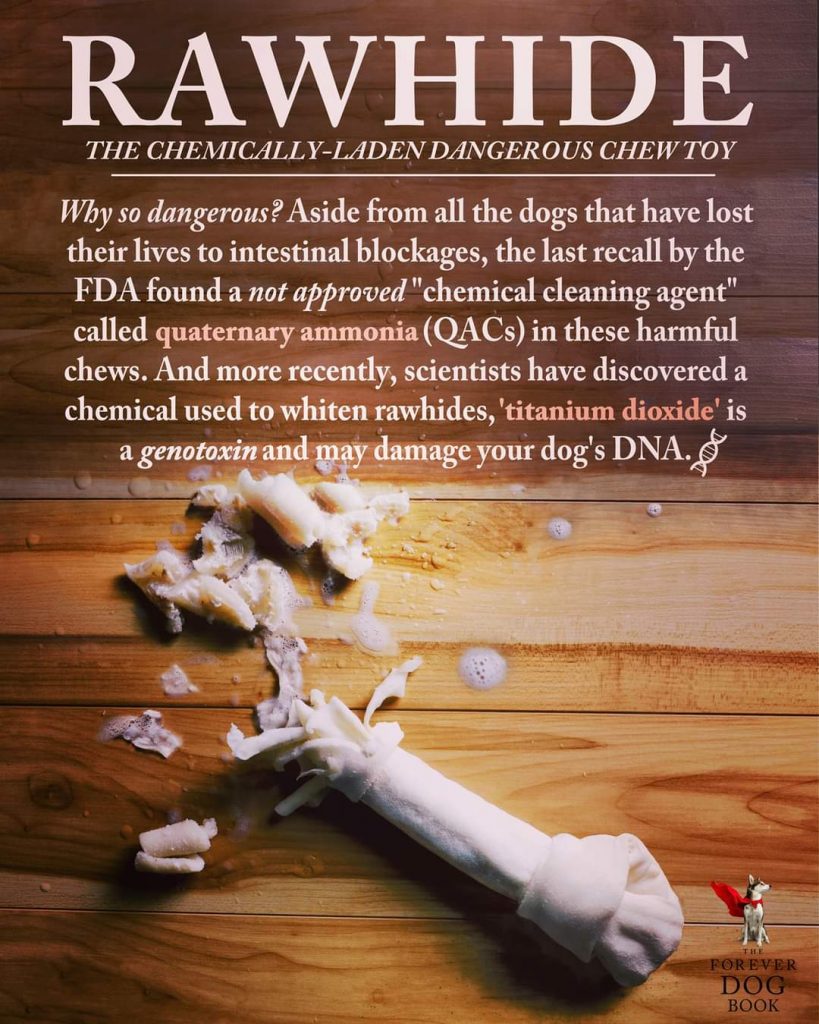
ANIMALS 101 – WHAT SORT OF BONES MAY BE SAFE FOR MY DOG?
How many owners have just given bones to their dogs without thinking about it? Even though there might be some bones that are relatively safe, bones are meant for recreation, not as food. When and how you give your dog a bone also matters. Dr Karen Becker (co-author of THE FOREVER DOG) gives some great advice on bones.
There are some bones dogs can eat, well rather technically chew and others that could cause serious damage if nibbled or ingested. Generally speaking, raw knuckle-bones from large livestock are safe for dogs to chew. There’s really no such thing as a too-big bone.
Cooked bones and pieces small enough to be choking hazards are off limits! Dogs can swallow it and get it lodged in their throats or stuck in their stomachs. A bone in the wrong place means a lot of pain, potential surgery and possible infection.

BENEFITS OF BONES
- Studies have shown chewing on raw bones can dramatically reduce the amount of plaque on a dog’s teeth in just a few days.
- It keeps a dog’s mind and mouth entertained for a period of time.
- Gnawing on raw bones is an instinct canines haven’t gotten rid of for thousands of years—indulge your dog in this pastime!
- Raw bones are also rich in nutrients like calcium and phosphorus. Though they definitely aren’t intended to replace meals or snacks, they can provide a small vitamin and mineral boost on special occasions.
Also read: ANIMALS 101 – HOME ALONE

PRECAUTIONS
- Compare the size of the bone to the size of the dog’s head. If the bone can fit entirely into the dog’s mouth, you shouldn’t let them chew it.
- Dogs who have trouble sharing (resource guarding tendencies) shouldn’t be allowed bones.
- Supervision during bone chewing time is a must. Never leave your dog alone with a bone.
- Let your dog chew for about ten to 15 minutes, then take a break and place the raw bone in the fridge. Too much raw gnawing can lead to constipation or tummy aches.
- Raw bone chew time twice a week is a safe amount.
- To avoid bacteria from growing, buy the bones frozen and keep them frozen until you’re ready to thaw one out for your pup. Thaw one bone at a time (giving a frozen bone to your dogs could result in cracked teeth).
- It’s also not wise to let your dog bury bones in the yard. They could go back to their hiding spot hours or days later where bacteria has almost certainly started to grow.
- Dogs who have had past dental surgery or experienced a cracked tooth before should not eat bones.
- If your dog is new to raw bones or has a sensitive stomach, remove any and all bone marrow before allowing them to go to town. Bone marrow is incredibly rich and fatty; while some dogs may handle it well, others could start vomiting or have diarrhea. In fact, Animal Emergency Service advises against feeding dogs with delicate systems bones at all. Stick to chewable treats or hard carrots, instead.
- Never feed your dog cooked bones. These are brittle and can splinter easily, causing damage to your dog’s teeth, mouth, tongue and stomach. “Cooked” includes any bone that has been boiled, baked or smoked.
A BIG NO-NO!
Never give your pets these chemically treated chew toys! Just because a pet shop sells it, does not make it safe for your pets!!!!


As always, please check with your vet if you are uncertain about tossing your dog a bone! They’ll know your pet well and can shed more light on the best chew scenario for your dog.
Thanks for tuning in! Next week we will look at dogs and their barking.
WHEN YOU KNOW BETTER, DO BETTER!